 Home
Home
Buildings at the College of Saint Benedict named after Sisters
What’s in a Name?
Borgerding, Dominica
Escher, Firmin
Gable, Mariella
Girgen, Incarnata
Kap
sner, Cecilia
Leutmer, Nora
Lynch, Claire
McDonald, Grace
Murray, Mary
Nathe, Margretta
O’Connell, Colman
Olheiser, Mary
Osendorf, Henrita
Peters, Richarda
Renner, Emmanuel
Riepp, Benedicta
Schumacher, Irma
Smith, Enid
Sohler, Rogatia
Spain, Brian
Wagner, Mary
Wedl, Lois
Werth, Magna
Westkaemper, Remberta
Zierden, Alfreda
Original text by Sister Owen Lindblad and Sister Miriam Ardolf, with additions drafted by Thomas Meier ’25.
Like the tiny seed it was, the College of Saint Benedict (CSB) took root on a patch of ground here in St. Joseph, Minnesota nearly 100 years ago. From one solid structure, buildings for the Catholic, Benedictine, cultural education of young women sprouted and spread with the “good air” and “sunshine” applied by the Sisters of Saint Benedict. Today, many of those early devoted Sisters’ names mark the lintels of CSB’s halls of higher learning.
Here is a complete listing of the buildings named after Sisters from the Saint Benedict’s Monastery. More information is available on the page of Buildings at the College of Saint Benedict.
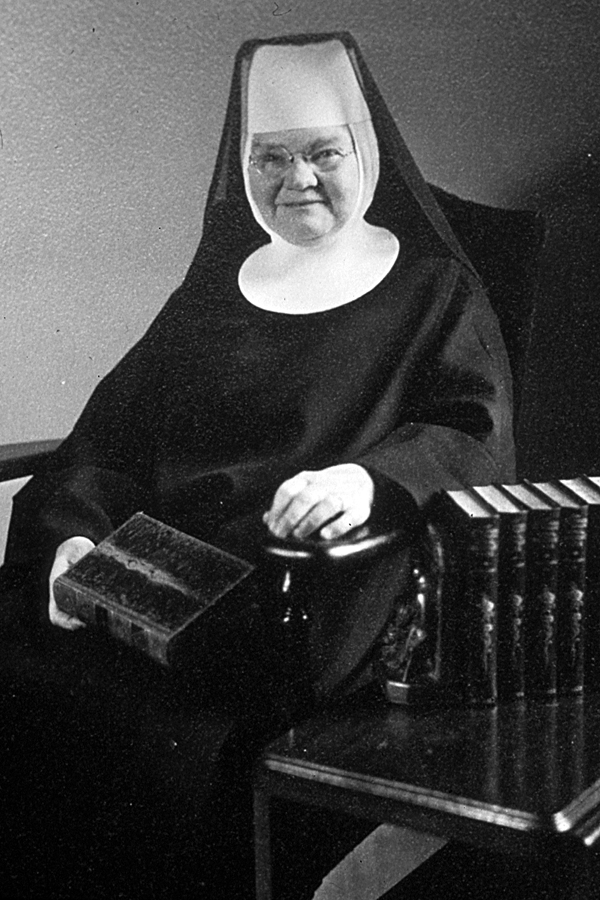
Sister Dominica Borgerding (1868-1957) – Borgerding West Apts.
Regarded as one of the foundresses of the College of Saint Benedict, Sister Dominica Borgerding (1868-1957) spent most of her religious life serving the academy in St. Joseph. She began promoting the idea of a college in 1905 and was the first directress when the college opened, as well as one of the teaching staff in the first year the college opened in 1913. She became well-known for the plays she directed which attracted hundreds of theatre goers, some as far away as Milwaukee. One of the West Apartment buildings is named after her.
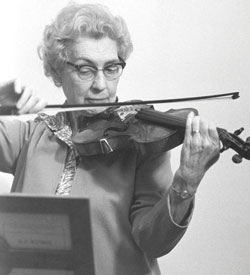
Sister Firmin Escher (1915-2009) – Escher Auditorium
In 2003, the Benedicta Arts Center was renovated alongside the naming of Petters Auditorium, then later renamed in 2009 to Escher Auditorium. Sister Firmin Escher, OSB, was yet another strong visionary. She earned a B.A. in music in violin at the MacPhail School of Music, and a Master of music degree, also in violin, from the Chicago Musical College. Her lifelong music ministry began at the College of Saint Benedict in 1940 as a violin teacher. Her classes soon included the history of music, harmony, ear training, and other subjects, and soon orchestra and choral groups flourished under her teachings. She initiated the Campus Singers and produced several excellent operas, as well as joining as a member of the building committee for the construction of the BAC.
Sister Firmin was dean of the college from 1961 to 1972. With her leadership, a core curriculum was inaugurated; nursing became a degree program; and study abroad programs were initiated. She helped coordinate the relationship with Saint John’s University, and from 1971 to 1977, she served as Director of the Planning Program for the college. From 1977 to 1980, she was Dean of the Fine Arts. What a treasure Sister Firmin was! She eventually lost most of her eyesight and resided at St. Scholastic Convent until her death in 2009. The monastery has her beloved 18th century violin, and it is played occasionally in her honor.
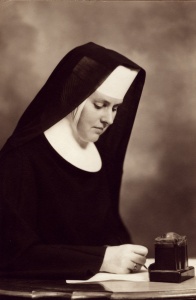
Sister Mariella Gable (1898-1985) – Gable West Apts.
Sister Mariella can best be surmised by a section of her biography, in which “[a]t one point… she was banished from the campus for four years by the local bishop for allowing the inclusion of A Catcher in the Rye on a suggested reading list” (Sister Mariella Gable). With a love of the English language and literature, especially on what makes literature Catholic, she was well known for her lectures on Teilhard de Chardin and on Dante. Sister Mariella was an anthologist of short stories, writer of poetry, essays, and reviews; she was the author of the script for the College of Saint Benedict’s pageant. Every year the Literary Arts Institute at the College awards the Mariella Gable Award for a book published by Graywolf Press. Her name was included in several directories of women in education, and a section of the West Apartments is named after her.
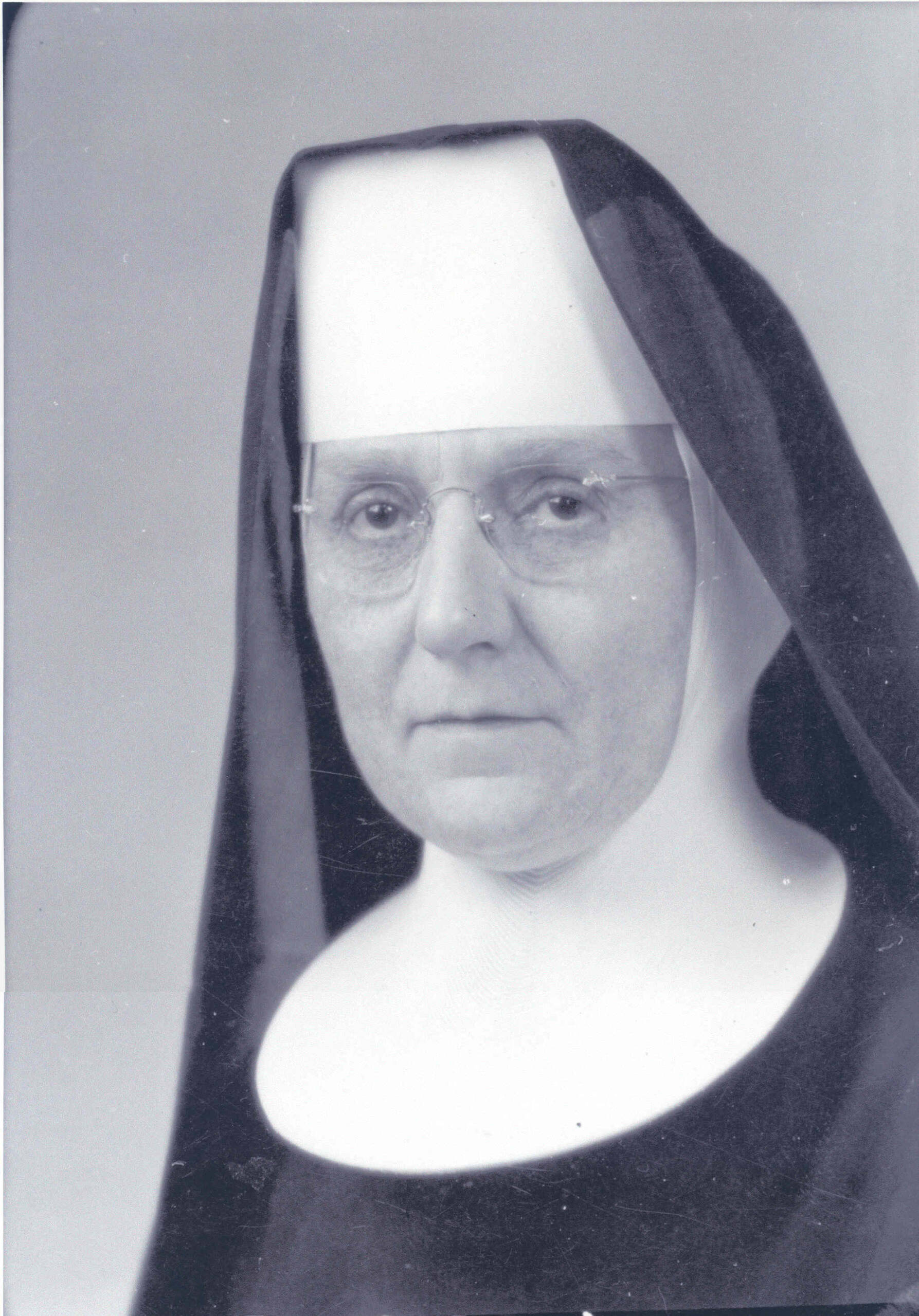
Sister Incarnata Girgen (1899-1995) – Girgen West Apts.
Sister Incarnata was an eight grade and high school teacher before coming to the College of Saint Benedict where she served as dean, assistant to the president, and professor of philosophy, history, and psychology; Sister Incarnata used her talents in academics and taught on the Luxemburg campus in Europe and translated German to English. Her doctoral dissertation was the study of the American Cassinese Benedictine’s schools, and she later wrote Behind the Beginnings, a study of the American Benedictine women. Apartments in the West Apartments are named after her.
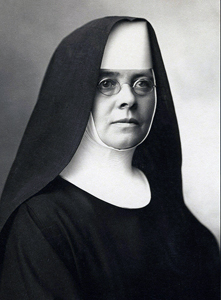
Mother Cecilia Kapsner (1859-1952) – Centennial Commons
Mother Cecilia Kapsner was born in Dambrau, Prussia in 1859 and came to the United States in 1874, settling with her parents in Pierz, Minnesota. She made final vows at St. Benedict’s Convent in 1881 and became prioress on July 27, 1901, having previously served as a mistress of novices, subprioress and bookkeeper. She served three consecutive terms as prioress (1901-1919) and was a modern-day philanthropist. Kapsner continued her teachings by serving as mistress of junior professed sister (1921-1937) for her community, and she passed away at the age of ninety-two in the seventy-fifth year of her profession. A building in Centennial Commons is named after her.
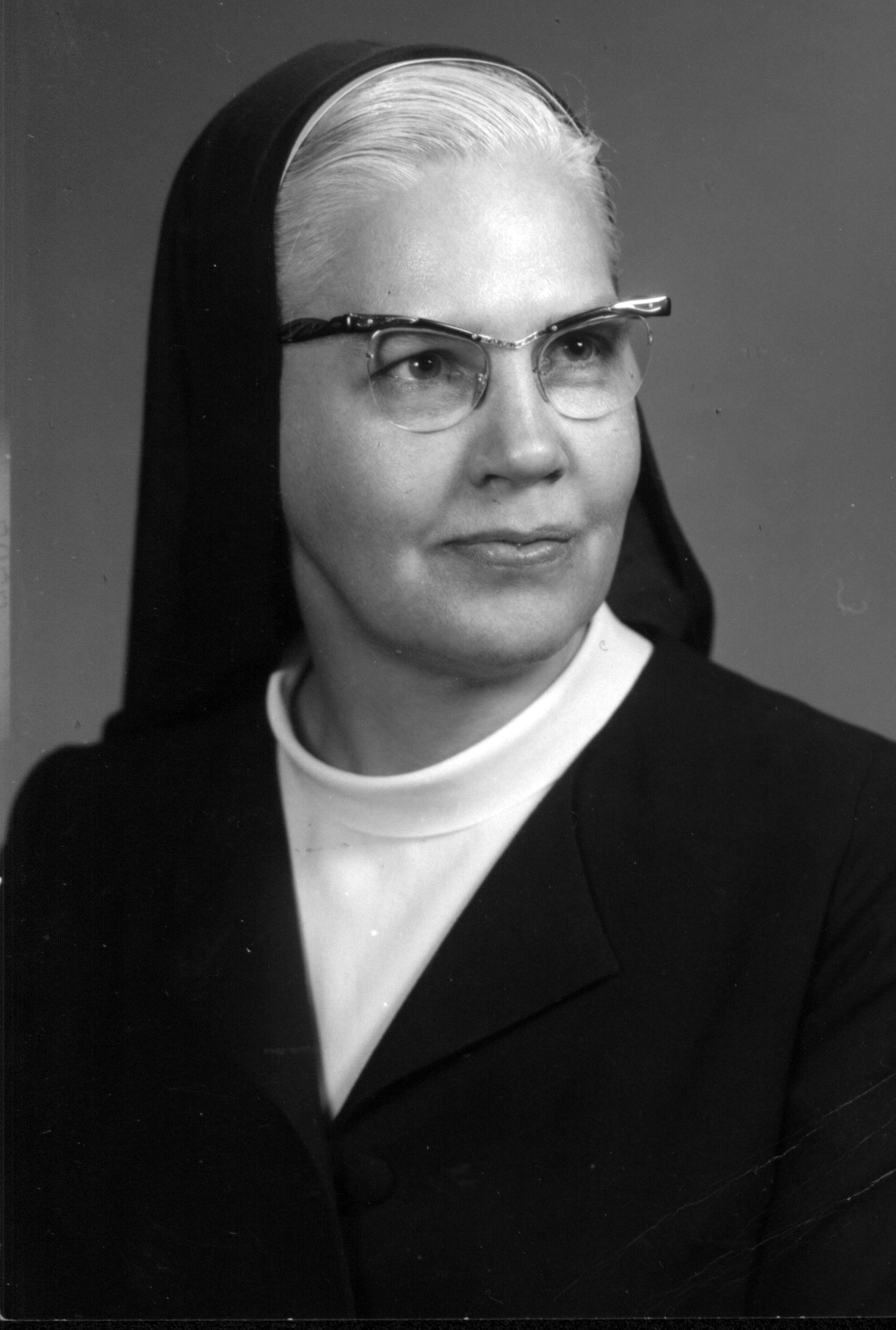
Sister Nora Leutmer (1921-1974) – Leutmer East Apts.
During the 27 years of her professed life, Sister Nora served in leadership positions in the religious community and in the diocese. She taught mathematics and sciences at Saint Benedict’s High School and at Cathedral High School in St. Cloud, she served as principal at Cathedral and St. Boniface in Cold Spring; she was Director of Research and Planning at the monastery and Chair of the Board of Trustees of the College of Saint Benedict. In recognition of her contributions to education, she was given the Pacesetter Award of the Central Minnesota Education Research and Development Council as well as the Minnesota Catholic Education Association Presidential Award. She died in 1974 at the age of 53. A building of the East Apartments is named in her honor.
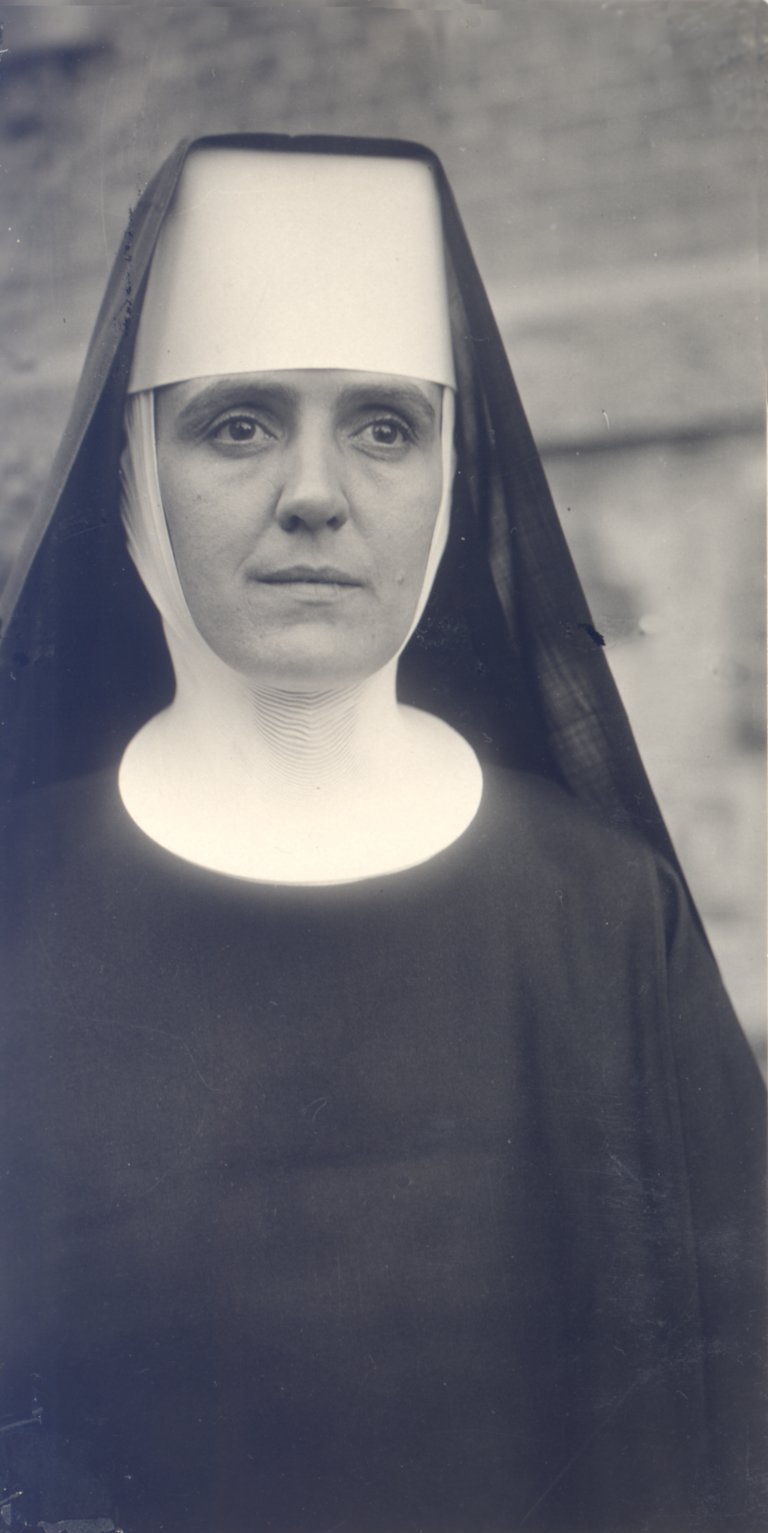
Sister Claire Lynch (1898-1995) – Claire Lynch Hall
Born in 1898, Sister Claire was a Sister pivotal to the history of the College of Saint Benedict. A Dean of the College from 1932-1941, she also served as a professor of History, Philosophy, and Political Science. In 1933, S. Claire succeeded in gaining accreditation for the College, and in 1938 admitted the first African American students, something she clearly championed (see “S. Claire Lynch Letter“). S. Claire passed in 1995, and the Claire Lynch Hall was named in her honor.
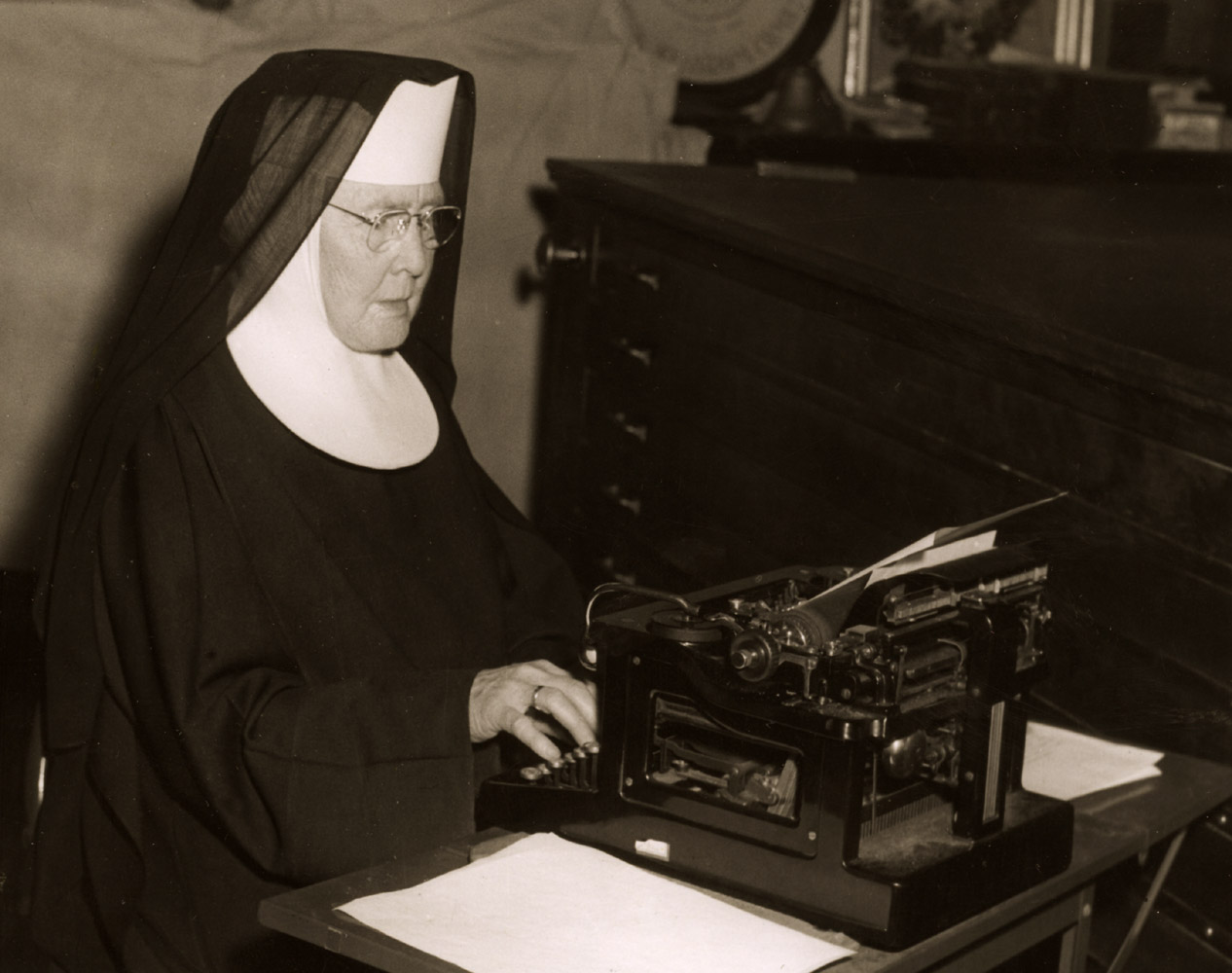
Sister Grace McDonald (1887-1963) – McDonald East Apts.
Sister Grace’s name suggests history to all who knew her; not only on the faculty when the College of Saint Benedict first opened, Sister Grace also served on the teaching staff during the first year and is considered one of the foundresses. She served as monastery archivist and wrote the centennial history of the Sisters of Saint Benedict in St. Joseph, Minn., With Lamps Burning, in 1957. She was a charter member of the Minnesota Historical Society, and one of the East Apartment buildings is named after her.
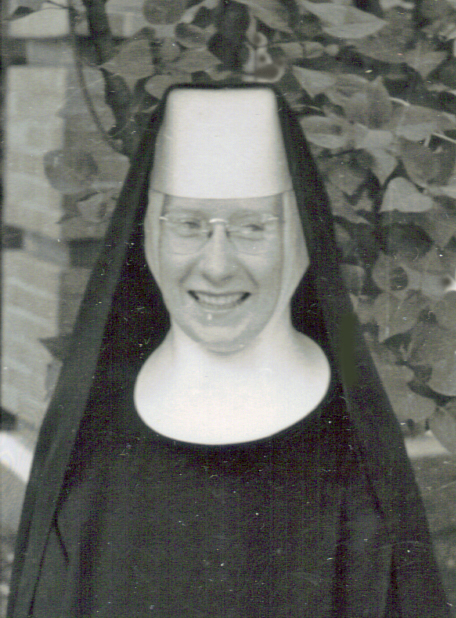
Sister Mary Patrick Murray (1915-1995) – Murray Hall
Murray Hall is situated near the center of the college campus and now is joined with the Haehn Campus Center. Originally it stood alone and served as the college gymnasium and physical education center, up until 1985 when the building was remodeled into offices and classrooms in honor of Sister Mary Patrick Murray, OSB.
Born in Minneapolis, S. Mary Patrick was a graduate of the College of Saint Benedict in 1940; she later came to the Monastery to become a Sister. In 1951, S. Mary Pat earned a Latin degree from St. Louis University and then taught Latin and Business courses at the College of Saint Benedict from 1941-1963. During this time, she also served as the dean of students, and received the beloved nickname from students as “MP” for her bright, open views of life; she embraced everyone with a smile. She directed the Intergenerational Program in 1975, then was coordinator to the Henrita Academic Building from 1977-1984. During this time she also initiated the Elderhostel Program. S. Mary Pat passed away in 1995.
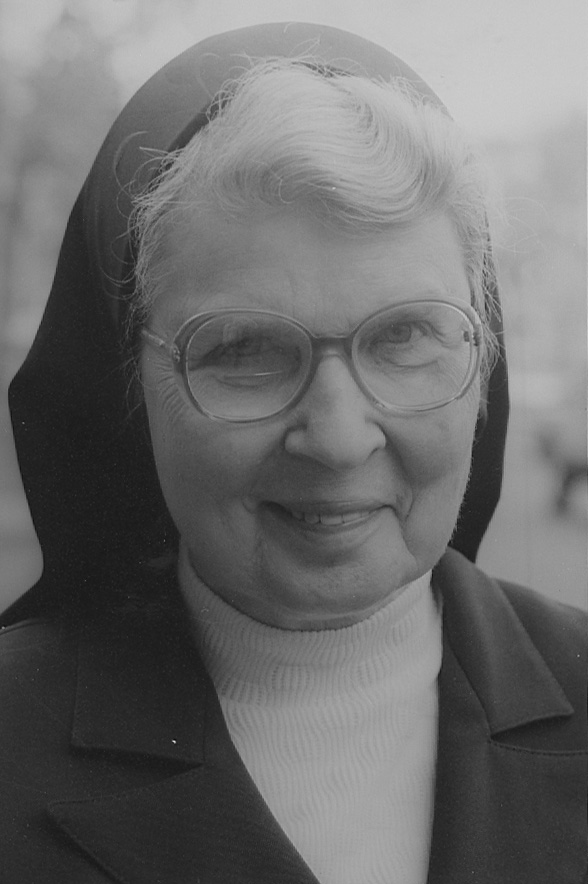
Sister Margretta Nathe (1913-2007) – Margretta Hall
Sister Margretta is remembered for being an excellent teacher of the German language and for her association with students at the College of Saint Benedict. A prefect in the college residence and serving as Dean of Residence (1947-1953), she initiated the college’s study abroad programs in Germany and led trips there with students from 1972-1982). Alongside teaching the German language, S. Margretta used her skills often to translate letters, articles, and books from German to English and English to German. Beside her knowledge of German culture, S. Margretta was also an avid fan of Blazer athletics. Residence hall Margretta Hall was named her honor.
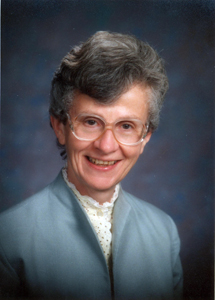
Sister Colman O’Connell (1927-2017) – O’Connell’s Pub
Theatre is known for being an arduous but rewarding performance, and Sister Colman was the epitome of this statement. As a professor in the theatre department at the College of Saint Benedict from 1954-1976, her students were challenged to perform unusual and demanding productions. After her career as a show star on the stage, S. Colman served as executive vice president of Planning for the College and was the 11th president of the College from 1986-1996. After her presidency, S. Colman continued serving the College as its vice president in the College Advancement Office. O’Connell’s non-alcoholic pub in the Haehn Campus Center and the Colman black-box theatre in the BAC are both named in her honor.
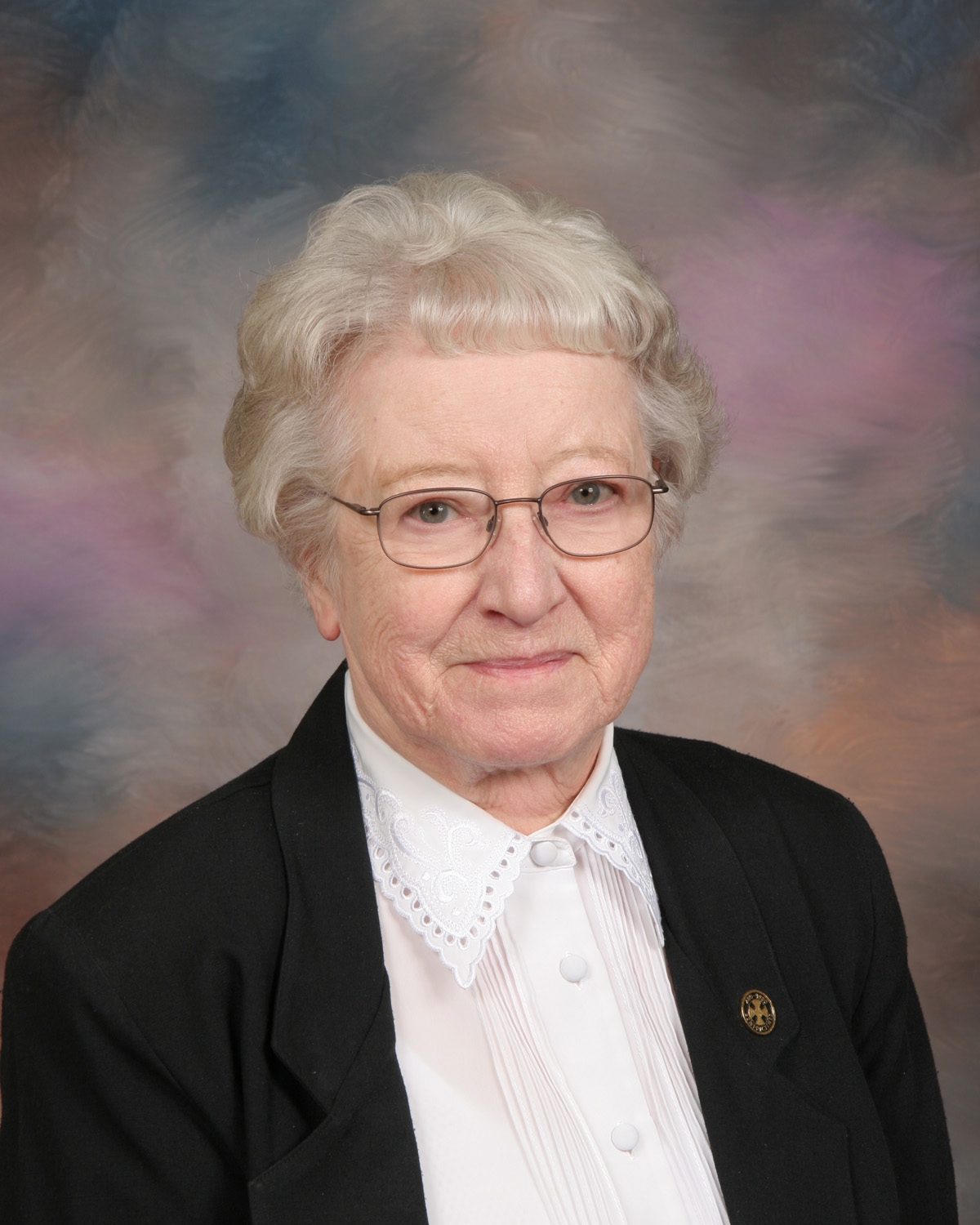
Sister Mary David Olheiser (1918-2012) – Centennial Commons
Sister Mary Olheiser was born on January 18, 1918 in Dickinson, N.D. Entering the Saint Benedict’s Monastery in 1931, she continued her religious work as consultant to the Carmelite Hermits of Adoration, was the Director of Eremitical Life in the St. Cloud Diocese (2003-2009), and volunteered her time at the both the College of Saint Benedict Archives and Saint Benedict’s Monastery Archives. Sister Mary David also pursued a career in education; she obtained a minor in political science, an MA in research and educational psychology, and an MA in educational psychology and administration, among other degrees within the church. Sister Mary David passed at the age of ninety-four at the Saint Scholastica Convent. A building in Centennial Commons is named after her.
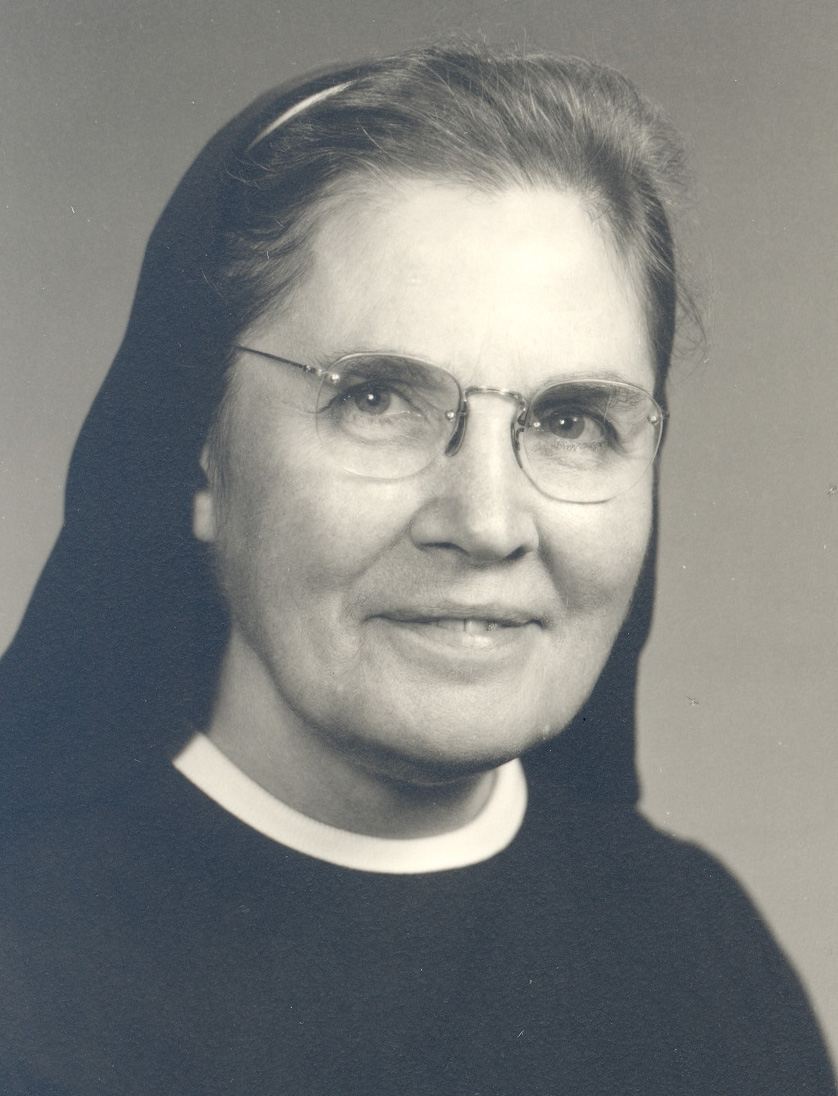
Mother Henrita Osendorf (1906-1992) – Henrita Academic Building
The academic building known as the “HAB” was originally built as Saint Benedict’s High School. After the school closed in 1973, the building was remodeled to hold the academic departments of the College, and was then appropriately renamed the Henrita Academic Building (HAB) in honor of then-prioress Mother Henrita Osendorf, OSB.
Mother Henrita was from nearby Richmond, Minn., and was a CSB graduate in 1936. She started teaching and then went on to earn a MALS degree (Library Science) from the University of Michigan, later serving as the CSB librarian from 1938 to 1943.
Mother Henrita was appointed novice director at the monastery from 1943 to 1960. She was another sensible and wise woman whose leadership led her through two six-year terms as prioress of the community, at the same time as the Vatican II renewal. She also served on the College Board of Trustees, and, in 1963, officiated the laying of the cornerstone for the present auspicious Benedicta Arts Center (BAC).
Mother Henrita received the honorary degree of Doctor of Letters from Saint John’s University in 1966, And in 1973 she received the College of Saint Benedict President’s Medal, at which time the Henrita Academic Building was given its name. She was treasured for her wisdom, kindness, and love.
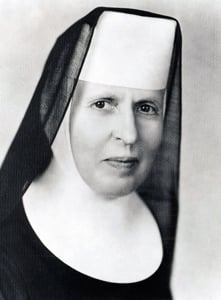
Mother Richarda Peters (1895-1972) – Richarda Hall
Named after Mother Richarda Peters when it became a college building, Richarda Hall originally was built as the dormitory building for students attending Saint Benedict’s High School. After the closure of the high school in 1973, the college leased and renovated the dormitory building for use as a residence for students and college faculty offices.
The admired woman who is its namesake, Mother Richarda Peters, OSB, served as dean of residence and was a part of the college faculty. In 1949, she was elected prioress of the monastery, which at that time included the administration of the college. Mother Richarda’s womanly strength and wisdom showed widely during her 12 years of service to the campus.
From Minneapolis, Mother Richarda started her academic and religious life by graduating from CSB in 1927 with a BA in Mathematics. In 1933, she received her MA in Education from the University of Notre Dame, and in 1943, her PhD in Psychology from the Catholic University in Washington D.C.
In 1961, Mother Richarda’s former students presented a cherished tribute to her by establishing the Mother Richarda Peters Scholarship. This admired woman died in 1972.
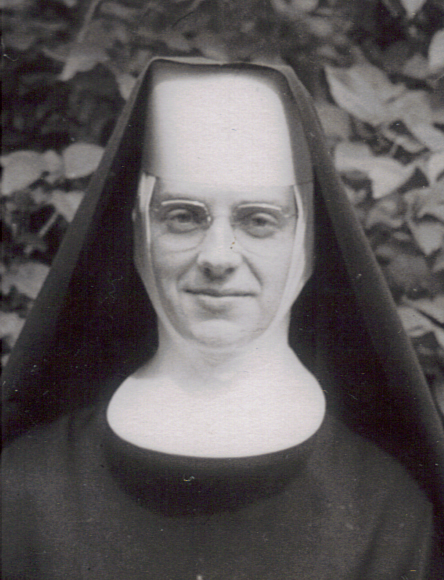
Emmanuel Renner (1926-2020) – Renner House
The college’s Renner House, built in 2005, is located across the street from the main (south) entrance to the College and is home to the college president. Used both as a private home (1,800 square feet) and an important reception and entertaining venue for the college (2,200 square feet), the design of the Renner House echoes the Main Building. It is named after S. Emmanuel Renner.
Born in Walker, Minn., Sister Emmanuel had a long career in leading the education of students and institutions. Graduating CSB with a history major, Sister Emmanuel continued her education and received her Master’s in Medieval History and her PhD in Modern European History and Political Science. S. Emmanuel taught at Memorial High School in Pierz, Minn. before coming back to teach at CSB; she rose to become the chair of the History Department, chair of the Integrated Studies Department, and the Dean of the Continuing Education Division of the College.
S. Emmanuel then became the tenth president of the College of Saint Benedict (1979-1986), during which time the cooperative relationship between CSB and SJU became deeply rooted and better defined. She also oversaw many expansions among the buildings on campus. After her retirement, S. Emmanuel volunteered her time in the CSB archives for ten years, and the president’s home was named in her honor.
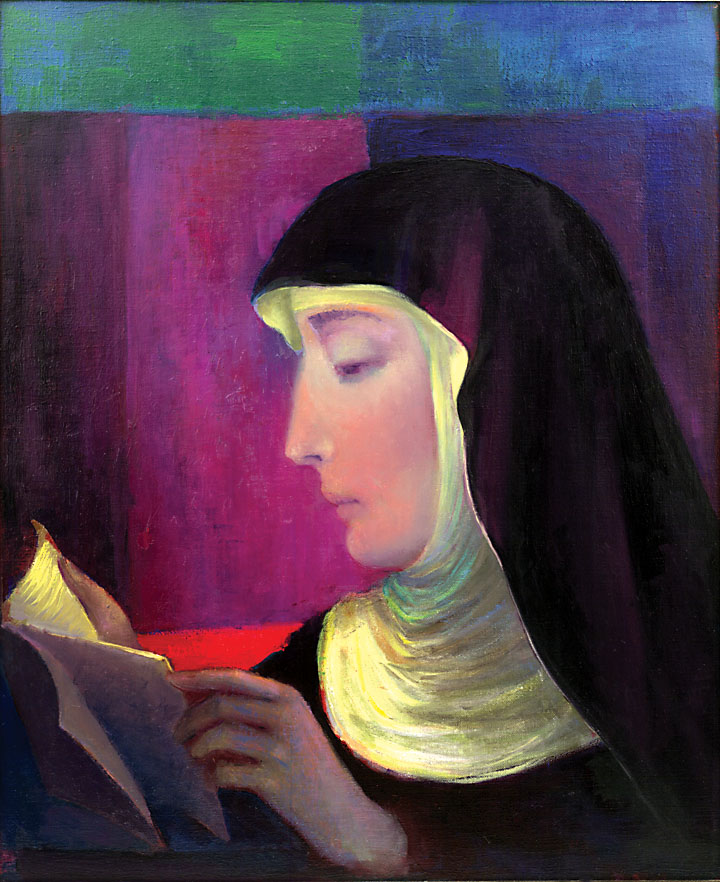
Mother Benedicta Riepp (1825-1862) – Benedicta Arts Center
The groundbreaking for the Benedicta Arts Center (BAC) took place in 1961; planned as an auditorium with a small forum/theatre, it became well known a state-of-the-art center for the Art, Music, and Theatre departments due to encouragement of the architect and the vision of Mother Henrita and the monastery. Completed in 1964, the planning committee consisted of Sister Mary Patrick Murray (chair), Sister Colman O’Connell (Theatre department), and Sister Firmin Escher (Music department).
The BAC is named for Mother Benedicta Riepp, born in Waal, West Germany in 1825 and the foundress of Benedictine Women of America. Mother Benedicta entered the Convent of St. Walburg in Eichstatt, Bavaria. At age 27, she was one of three to volunteer for the mission to America to teach German immigrant children. M. Benedicta came to St. Joseph in 1858. She passed away at the young age of 37 of tuberculosis and general poor health. She is buried in the monastery cemetery.
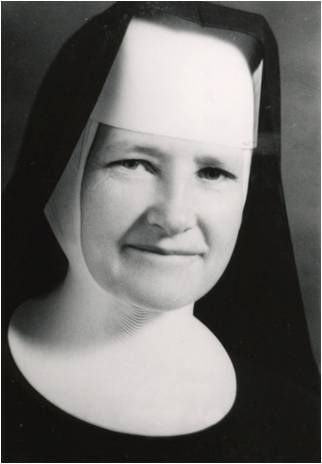
Sister Irma Schumacher (1888-1986) – Schumacher West Apts.
As the youngest of eleven siblings, Sister Irma Schumacher worked to stand out among her family. Attending the University of Minnesota and the Catholic University in Dubuque, Schumacher went on to receive a B.A from St. John’s University in 1915 while teaching Latin and German at the Academy (high school); she was among the first faculty members for the College of Saint Benedict. She continued with her studies and received an M.A. in Latin from the Catholic University of America. Sister Irma taught Latin at the College of St. Benedict until 1964, as well as doing other work at the University of Minnesota and Notre Dame. She is considered one of the foundresses of Saint Benedict’s, and one of the West Apartment buildings is named after her.
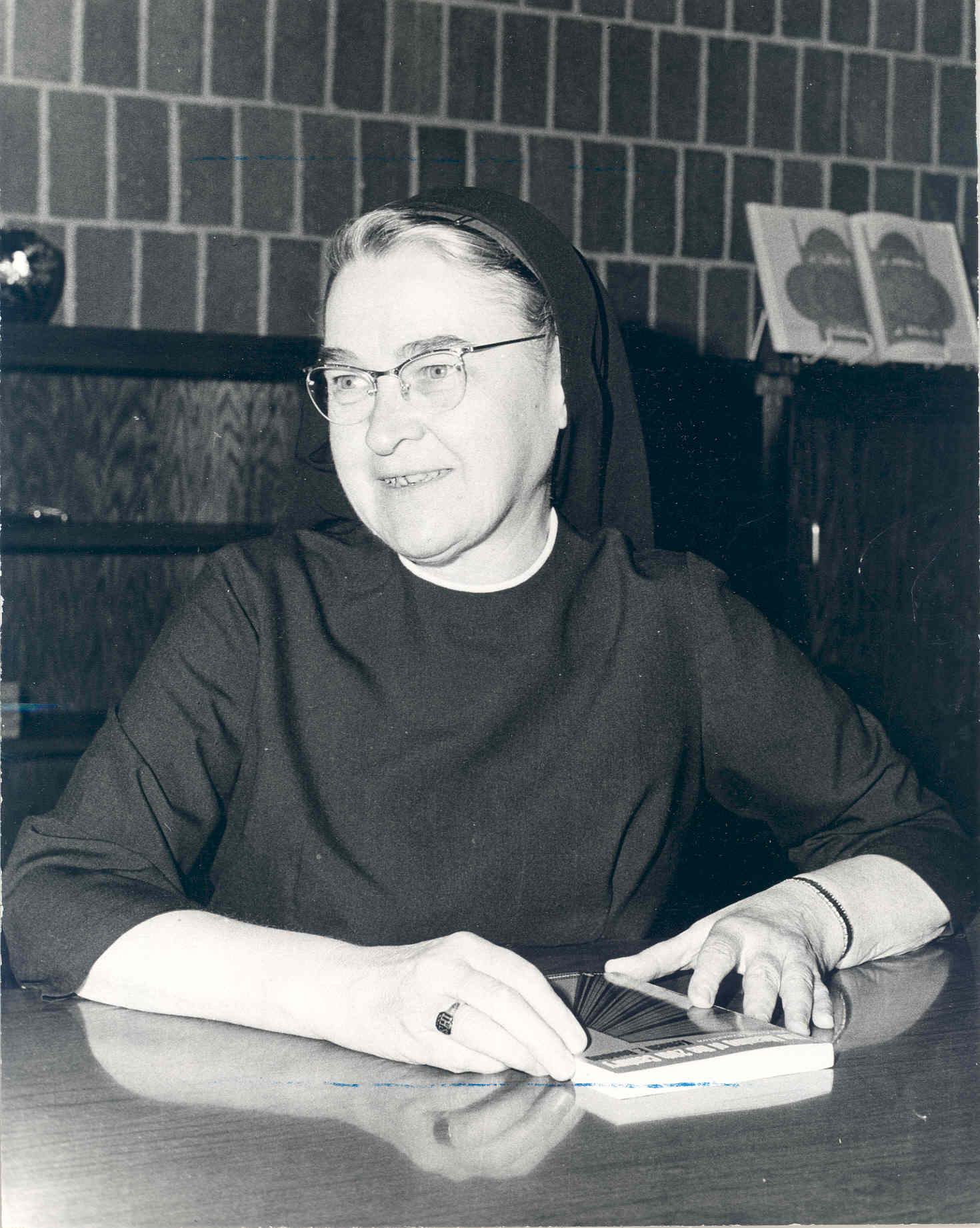
Sister Enid Smith (1908-2007) – Smith West Apts.
Born in Madison Lake, Minn., S. Enid graduated from the College of Saint Benedict with a B.A. degree in Latin. Teaching high school at Pine Ridge Indian Reservation, she then entered Saint Benedict’s Monastery in 1932; later she also taught for five years in Eau Claire, Wis., and was known as a professor of philosophy, dean of residence, and dean of studies at the College of Saint Benedict. After retirement, she was elected the fifth President of the Federation of Saint Benedict for eight years (1973-1981). S. Enid first did research for Saint Benedict’s Monastery (1981), and then moved to Saint Scholastica Convent and helped as a sacristan and librarian. One of the West Apartments in named after her.
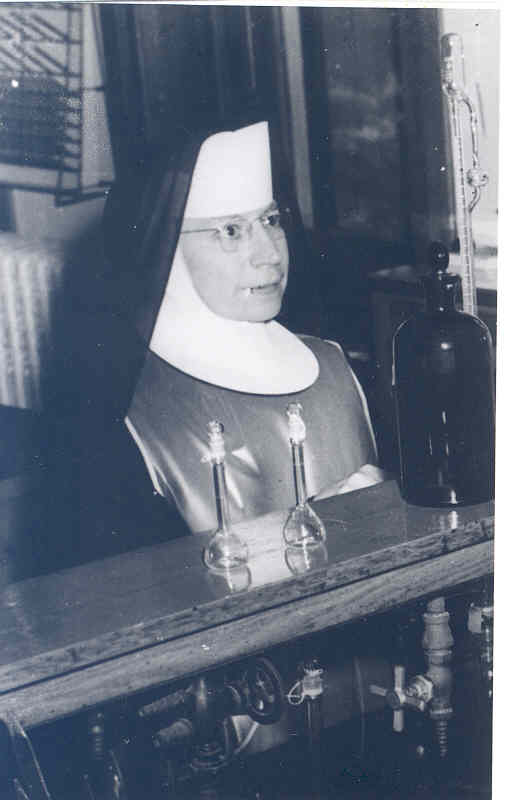
Sister Rogatia Sohler (1902-1992) – Sohler West Apts.
Born in 1902, Sister Rogaita, OSB, found ways to use her hobbies and degrees all her life. Earning degrees in both organic and biochemistry, she proceeded to teach chemistry for 40 years at the College of Saint Benedict. Sister Rogatia received several NSF grants for her study in nuclear energy, and her retirement yielded semesters spent in Switzerland with Sister Margretta Nathe and her students. With her knowledge of chemistry, she developed a hobby of growing and using herbs to produce herbal tinctures and wines during retirement. One of the West Apartments is named after her.
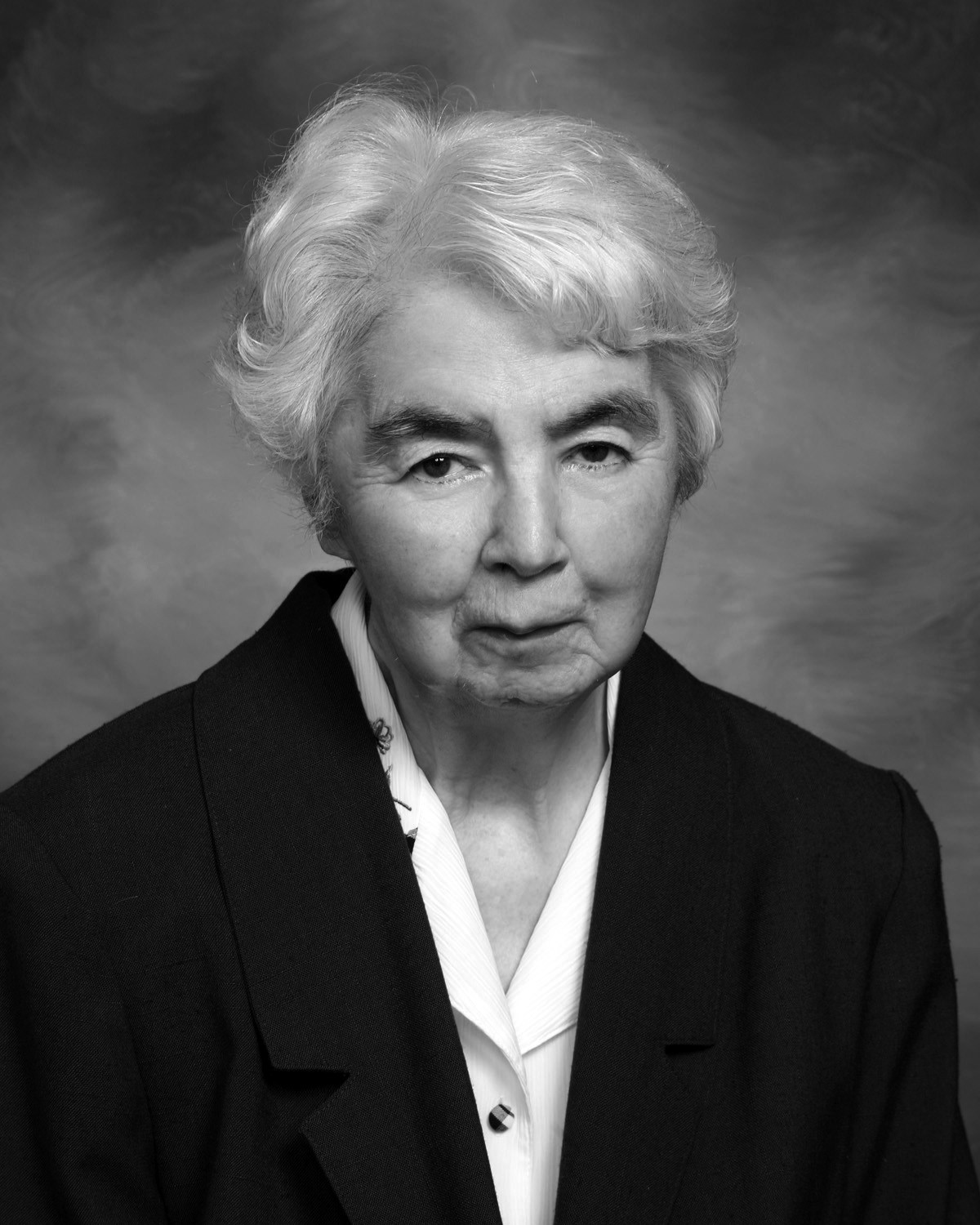
Sister Brian Spain (1925-2009) – Brian Hall
Throughout her life, Sister Brian inserted herself in the lives of many students of all age groups. S. Brian taught in elementary school until 1956, when she was asked to serve in various Monastery Formation Program roles. She was the director of the Formation Program from 1969-1972, a CSB residence counselor, residence staff coordinator, and the director of Student Housing and Residence Life. She passed away in 2009. Fittingly, a residence hall, Brian Hall, was named in her honor.
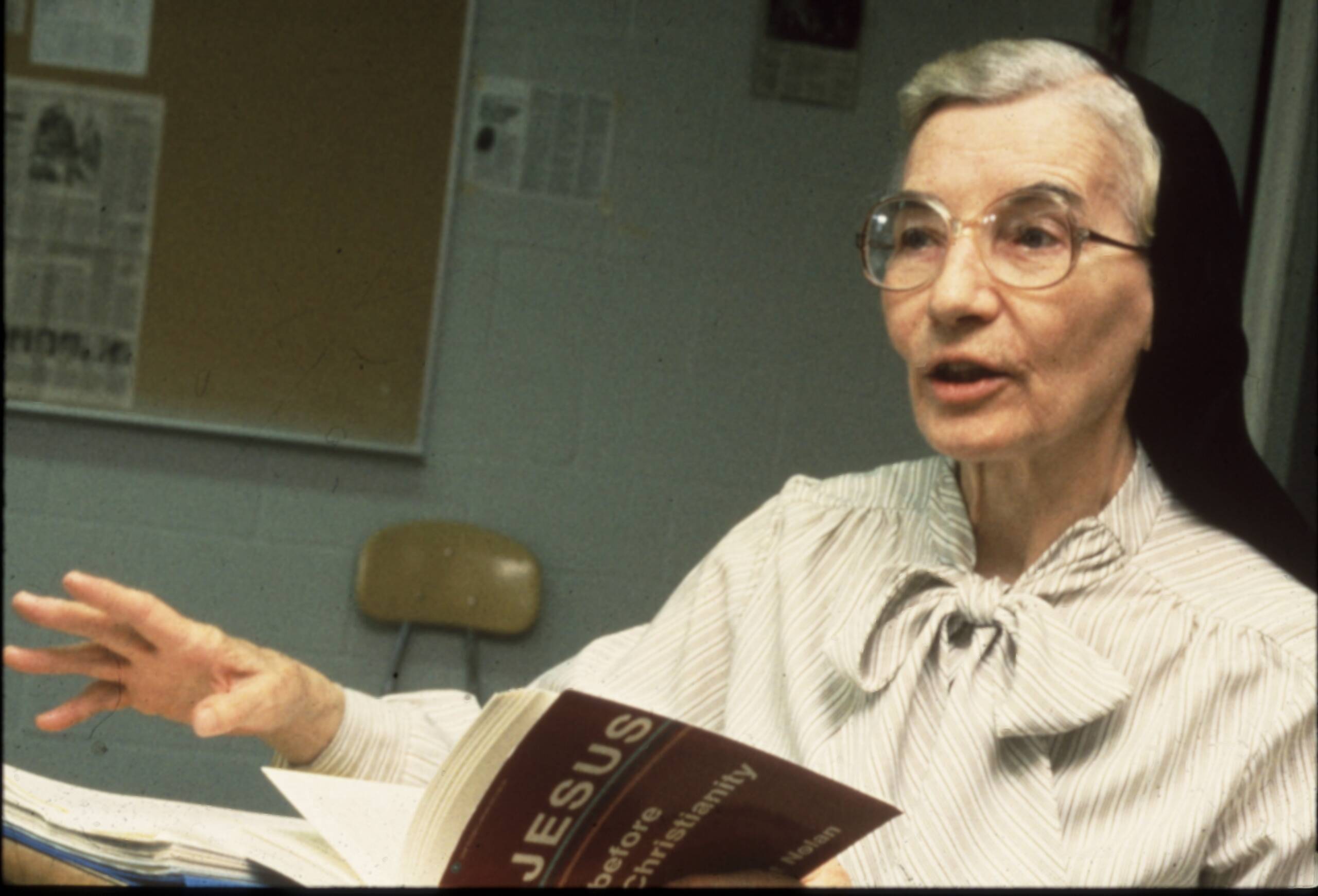
Sister Mary Anthony Wagner (1916-2002) – Centennial Commons
Sister Mary Wagner was a true force in Theology education at CSB and SJU. She was instrumental in the creation of the Benedictine Institute of Sacred Theology, a precursor to the Saint John’s School of Theology. Sister Mary Anthony was one of the first women to earn a doctoral degree in Theology, and served at the SJU School of Theology’s first dean (1976-1982) when the academic program merged with seminarians and theology for lay students in 1974. The Sister Mary Anthony Wagner Award recognizes alumnae of Saint John’s School of Theology and Seminary. Sister Mary Anthony was also an instructor of Elementary Education, Philosophy, and Biology at CSB, and a Professor Emerita of Theology. A building in Centennial Commons is named after her.
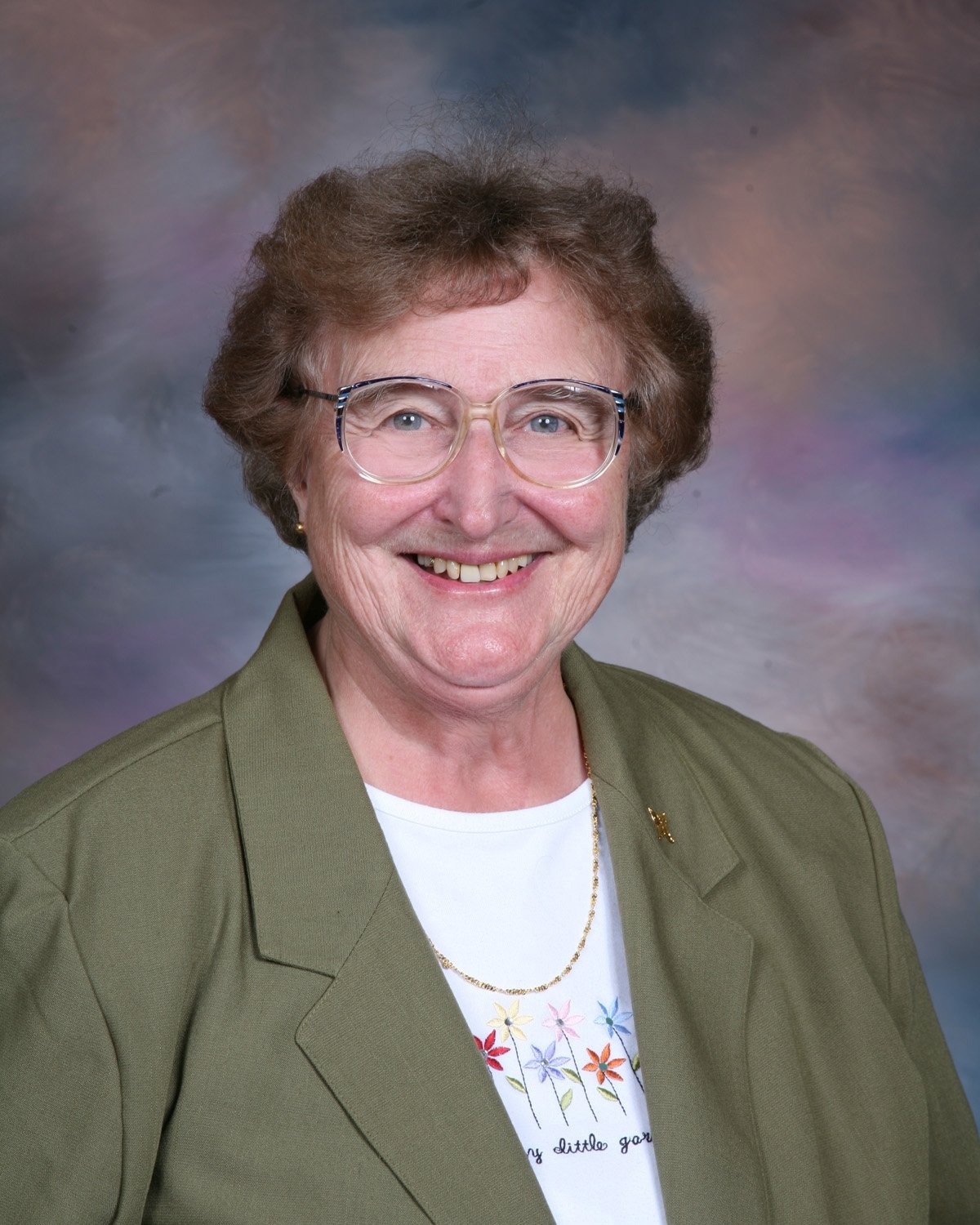
Sister Lois Wedl (1931-present) – Centennial Commons
Best known as the #1 St. Benedict’s sports fan, Sister Lois Wedl is known in the community as someone who is a counselor, mother, and friend on campus. Born in 1931, Sister Weld received an M.Ed. and a PhD from Ohio University; she served as a professor of Education for 25 years, and was a long-time residence director in Margretta Hall. In 2018, Sister Wedl was honored as the namesake for the Sister Lois Wedl Athletic Center, and a building in the Centennial Commons is also named after her.
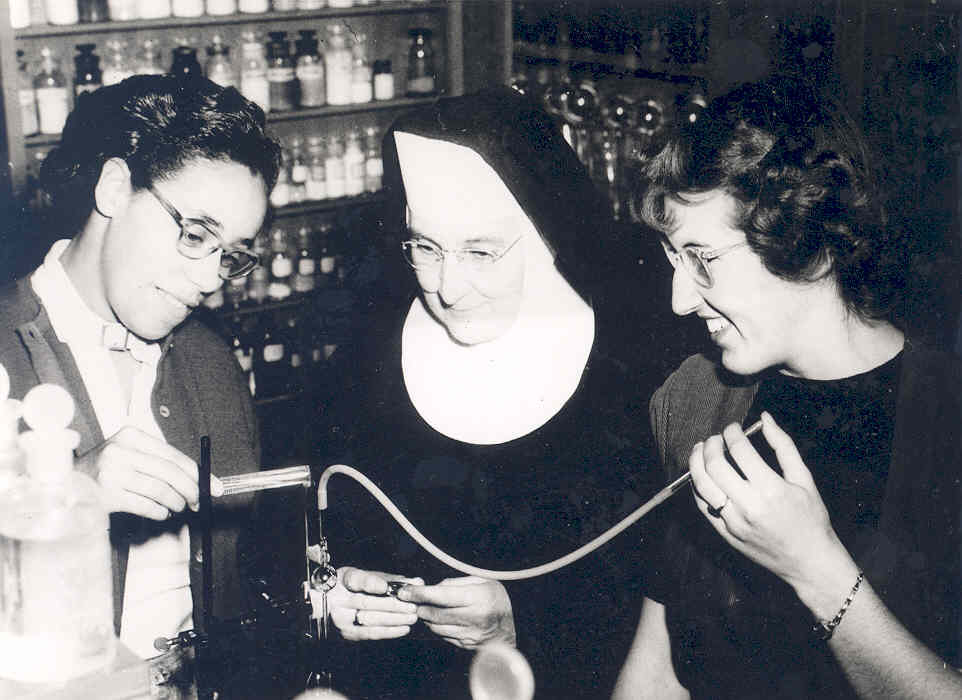
Sister Magna Werth (1885-1960) – Werth East Apts.
Sister Magna, born in 1885, taught in Hastings, Minn., and St. Mary’s High school in St. Cloud. Then she became a member of the St. Ben’s Academy (high school) staff and eventually the college faculty, where she taught physics and chemistry. Sister Magna was one of the first women to receive a PhD in physics from the University of Minnesota. She was a meticulous teacher and required students to make up lab sessions missed because of free days. A building in the East Apartments complex is named for her.
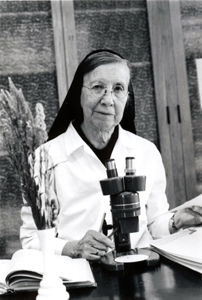
Sister Remberta Westkaemper (1890-1988) – Westkaemper West Apts.
Sister Remberta first started her academic teaching in Wadena and Swan River elementary schools. Interested in nature and blessed with the gift of wonder, she developed her talents in the field of botany and opened the Biology Department in the College of Saint Benedict in 1917, teaching taught there for over 50 years. Over her years she collected and classified over 600 plants from Stearns County, and in 1972 she was named Outstanding Teacher in America. (See Sister Remberta Westkaemper: A fine lady and excellent field botanist.) From 1957-1961 she served as the first full-time president of the College of Saint Benedict. One of the West Apartments is named after her.
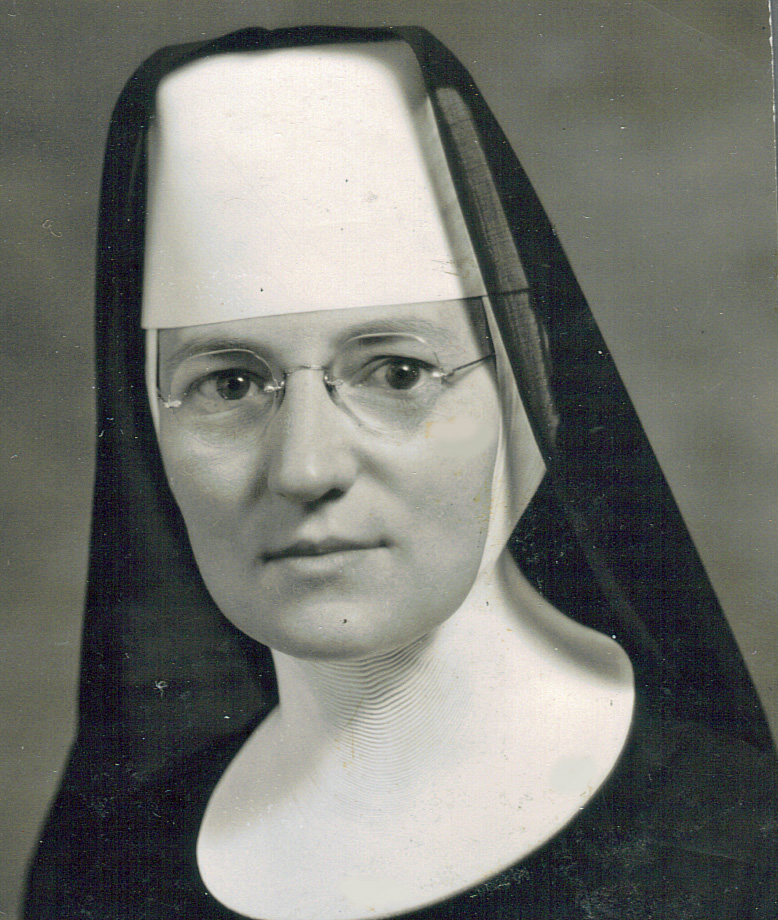
Sister Alfreda Zierden (1895-1991) – Zierden East Apts.
Sister Alfreda earned a teaching certificate at the St. Cloud Normal School and taught at a district school before entering Saint Benedict’s Monastery. She received both BA and MA degrees in German and taught German at the Academy and College. She was moderator for the sodality, was sacristan and served in the Bahamas as a guide to the Blessed Martin de Porres Sisters. She prepared and directed the ceremony for the Consecration of Sacred Heart Chapel. One of the East Apartments is named for her.